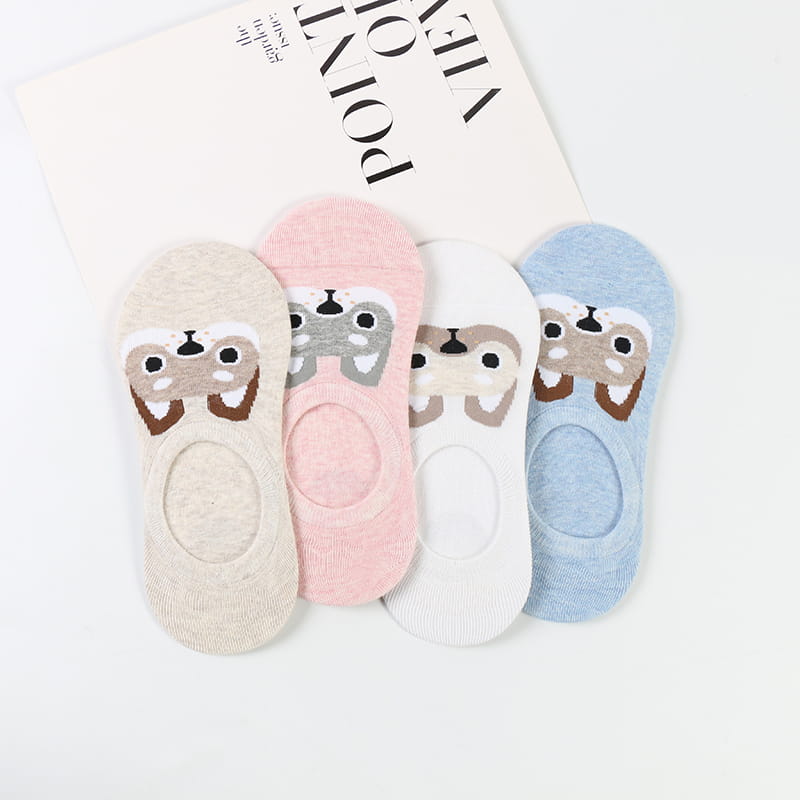

Socks may seem like a small detail in everyday attire, yet they play a vital role in comfort, style, and performance. Among the different types available, low cut women’s socks are a versatile option, perfect for both casual outfits and athletic activities. However, choosing the right pair is not as simple as picking the first one off the shelf. From materials and fit to cushioning and durability, there are many factors to consider to ensure your socks complement your lifestyle. This article explores how to select the right low cut socks for both sports and casual use, offering a comprehensive guide for women who value both comfort and fashion.
Low cut socks, sometimes called “ankle socks,” sit just below the ankle bone, making them an ideal choice for sneakers, trainers, and casual shoes. They provide minimal visibility, allowing them to blend seamlessly with athletic or stylish footwear. Unlike no-show socks, which are invisible even with low-cut shoes, low cut socks still offer a touch of coverage while maintaining a discreet profile.
Their popularity comes from their versatility—they are breathable enough for workouts yet stylish enough for casual, everyday use. However, not all low cut socks are created equal, and understanding the different features helps ensure you select the pair best suited for your needs.
The fabric composition of socks significantly influences comfort, durability, and performance.

For sports use, synthetic blends or merino wool are usually the best options due to their moisture control and durability. For casual wear, cotton or bamboo socks offer maximum comfort for daily activities.
Nothing is more frustrating than socks slipping down inside your shoes. The right fit is crucial to avoid this discomfort.
Choosing the right size based on your shoe size and trying different brands can help you find the perfect balance between comfort and security.
Depending on the intended use, the level of cushioning in socks matters greatly.
Some athletic socks even feature zonal cushioning—targeted padding in specific areas for performance optimization.
Sweaty feet can cause discomfort, odor, and even fungal infections. For sports, moisture-wicking technology is essential. Materials like polyester blends and merino wool actively pull sweat away from the skin, keeping feet dry. Mesh ventilation panels are another excellent feature, especially for high-intensity workouts.
For casual use, while moisture-wicking is still beneficial, it may not be as critical. Breathable cotton or bamboo socks are often more than adequate for day-to-day activities.
Sports activities put socks under immense strain due to repetitive movement and friction. Look for:
For casual socks, durability is still important but less demanding. Pure cotton socks might wear faster, so blended options often strike the best balance.
While functionality comes first, style is also an important factor for many women. Low cut socks come in a variety of colors and patterns to match different outfits and footwear. For sports, neutral shades like black, white, or grey are common. For casual wear, fun patterns and bright colors can add personality to your look without being too noticeable.
To summarize the differences:
| Feature | Sports Use | Casual Use |
| Material | Polyester blends, merino wool | Cotton, bamboo |
| Cushioning | Extra padding in heel/toe | Minimal cushioning |
| Fit | Arch compression, heel tab design | Standard elastic band |
| Moisture control | High importance (moisture-wicking) | Moderate importance |
| Durability | Reinforced for high impact | Standard durability |
| Style | Neutral, performance-focused | Fashionable, varied colors/patterns |
Choosing the right low cut women’s socks for sports and casual use involves balancing comfort, performance, and style. For athletic activities, prioritize moisture-wicking fabrics, secure fit, cushioning, and durability. For casual use, opt for soft, breathable fabrics and stylish options that enhance your outfit while keeping your feet comfortable. Ultimately, having a selection of both performance-oriented and everyday low cut socks ensures you’re prepared for any occasion—whether it’s hitting the gym or strolling through the city.
By making informed choices, you not only enhance your comfort and performance but also extend the life of your footwear and socks. Something as small as the right pair of socks can make a big difference in your day-to-day life.